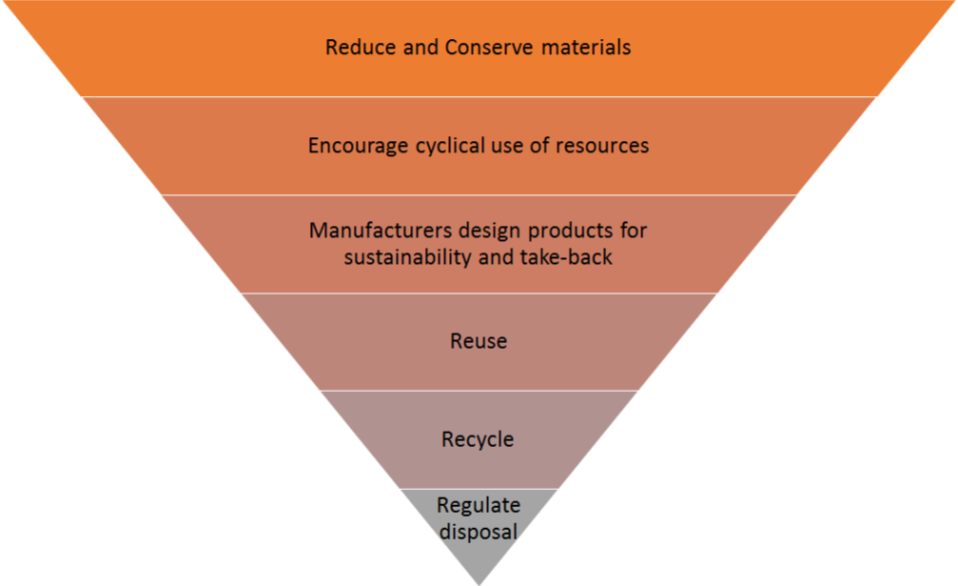We want to fundamentally change our relationship with packaging and help our customers to live lives with less plastic.
We must work to reduce and remove packaging for customers wherever possible. Plastic should only be used when it’s absolutely necessary. Where it is used it must be easily separated and easily recycled.
Commitment
Morrisons are committed to ensuring all packaging is fit for purpose and complies with all relevant UK and EU legislation including but not exclusively:
- The Materials and Articles in Contact with Food Regulations
- Food Contact Materials (FCMs) Regulation (EC) No 1935/2004
- Packaging (Essential Requirements) Regulations
- Plastic materials and articles intended to come into contact with food (EU No 10/2011)
- Registration, Evaluation, Authorisation and Restriction of Chemicals (REACH)
Morrisons are committed to utilising responsibly sourced and traceable packaging.
Morrisons are committed to reducing the amount of packaging whilst ensuring our packaging is easily recyclable within the UK and using post-UK consumer recycled material where practically possible.
Morrisons are committed to the waste hierarchy for both products and product packaging:

Morrisons is a signatory to the UK Plastics PACT - and requires all own brand suppliers, as a minimum, to adhere to the aims and targets relating to Plastics PACT
Morrisons Corporate Packaging Targets
2025
- 50% reduction in own brand primary plastic packaging vs 2017 baseline
- 100% of plastic packaging recyclable, reusable or compostable
- 30% average recycled content in our plastic packaging
- 70% of plastic packaging to be recycled
For specific supplier requirements please visit our supplier portal or contact your Morrisons technical manager